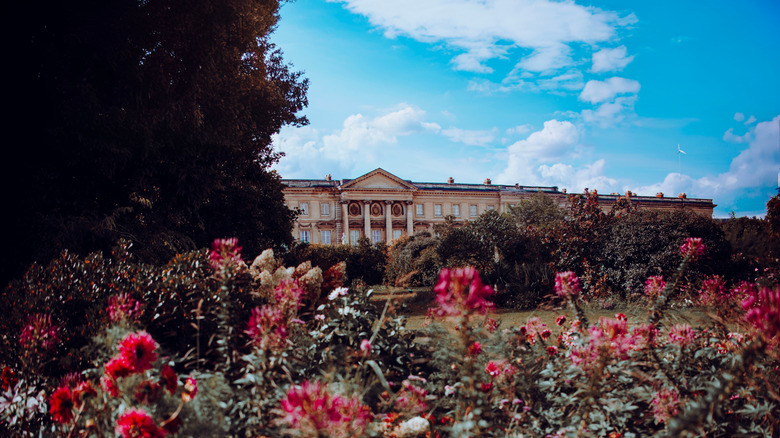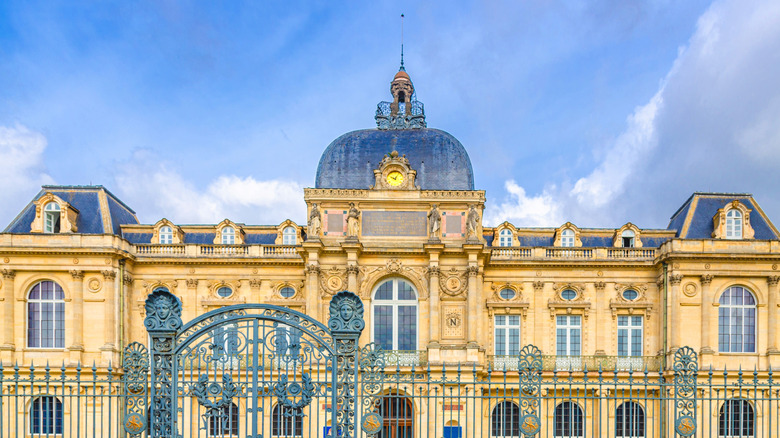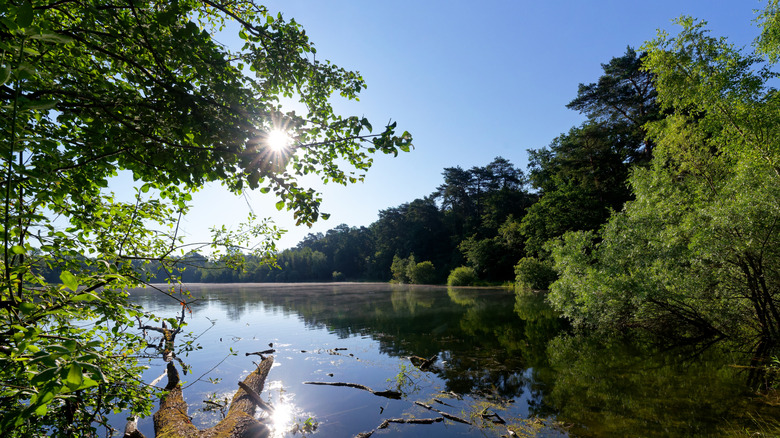Nestled In France's Oise River Valley Is A Tourist-Free 'Mini Paris' City With Art, Culture, And Greenery
The Eiffel Tower. The Louvre. The Mona Lisa. Baguettes. These might be the images evoked when France comes to mind. Even French wine is widely coveted, with one of the country's most underrated wine regions hidden in a UNESCO World Heritage Site. With around 50 million annual tourists, Paris — the City of Love — gets all the traveler's ... well, all their love. But 85 kilometers north, straddling the Oise River, lies Compiègne, a place that one Redditor called "mini-Paris" for its art, French cultural significance, and access to one of France's largest forests.
Finding the right time of year to visit Compiègne (or Paris, or France in general) is a matter of your preference. Fall sees less crowds and cool weather, with gorgeous foliage sightings that makes excursions like this easy, scenic hike to this mysterious castle worth it. Paris Fashion Week goes down in February, and winter brings out the fashionista in everyone. Parks teem with blossoming flowers in the spring and backdrop major events like the French Open.
For a trip to Compiègne, though, June highlights a magical event in Compiègne you don't want to miss. Book lodging in Paris and hop on a train towards this breathtaking experience.
Compiègne, a gateway to France's most important cultural moments
Arriving in Compiègne, your eyes might gravitate towards the Château de Compiègne, a castle — and museum — that houses different eras of France within its walls. It has seen many rulers throughout its lifetime, first constructed in the 15th century under Charles V's rule. Then came Napoleon I in the 19th century, who converted the castle for the French military before transforming it into an arts and craft school. You'll find 18th century furniture and decorations in Marie Antoinette's old apartments to go along with the new wing her husband Louis XVI commissioned.
Exiting the imperial apartments leaves you within proximity of Musée de Second Empire (The Museum of the Second Empire), still inside the castle. The museum offers visitors the opportunity to step into the shoes of prestigious guests of the castle during Napoleon III's reign. Every piece of art found here — from artists like Franz Xaver Winterhalter and Jean-Baptiste Carpeaux — are curated as they were back then, offering a true walk-in-history experience unlike anywhere else.
A highlight of the Compiègne castle is a park built during the Second Empire with features like a rose garden and a greenhouse. Intended to be an extension of the palace's garden, it's a green segue into the Forest de Compiègne, the next stop on your itinerary.
Find inner peace in Forest de Compiègne
Spanning 35,620 acres between Compiègne and Pierrefonds to the southeast, Forest de Compiègne is France's third-largest national forest. The forest attracted a number of France's rulers throughout the centuries. François I, Louis XIV, and Napoleon I commissioned infrastructure for simple passage through the forest to connect it to nearby towns and cities. Monarchs hunted in these woods aplenty, but these days, visitors come to immerse themselves in nature, and to visit the 900-year-old yew tree and the 750-year-old Saint-jean oak tree.
Forest de Compiègne is also a great place to practice a form of sylvotherapy the Japanese call Shinrin-yoku. Traditionally, sylvotheraphy involves coming in close contact with a tree. Forest de Compiègne takes this a step further by incorporating live music during your walks. This is why June is the best time to visit this area, as it is when the Forest Festival and the Musical forest baths are held. You'll undergo a tea ceremony, followed by a five to six kilometer walk where you'll meditate, connect with nature, and find harmony within yourself.
Want more artsy French locales with greenery? Check out this wildly underrated destination in France that blends German and French cultures.


